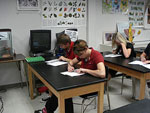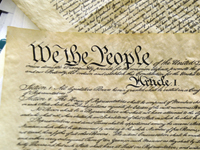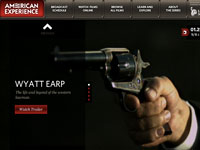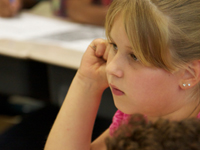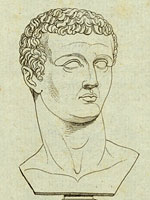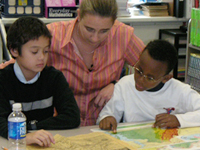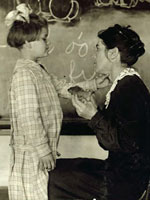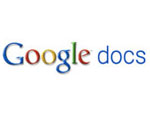Integrating Technology into the Classroom

How and where do I find technology content for the history classroom?
Teaching history with technology can be a great way to engage students while also building bridges between the history classroom and the technology department at your school.
One good place to start is by exploring some of the technologies available to you in the classroom. The National History Education Clearinghouse, for instance, has an article on the use of digital whiteboards in the classroom, which you might find useful. "Wiki Wisdom," an article from Education Week, focuses on how teachers can use wikis in the classroom, emphasizing their ease of use, and listing considerations accompanying their integration into the classroom. Reel American History, a project at Lehigh University, is a site that encourages teachers and students to think about the ways movies help us construct understandings of history. The site includes a list of films dealing with history, as well as suggestions for how to use them. (Check back in the coming weeks and the National History Education Clearinghouse will also have new resources about using film to teach history.)
In terms of blogs, the American Historical Association has an article on how blogs connect students outside the classroom that might be useful for your purposes. Social studies teachers, particularly those who focus on current events, may also be interested in digital storytelling. Edutopia has a great article about digital storytelling that will direct you to additional resources.
Another angle you can take in looking for resources is to pursue sites that specifically explore technology-related content for the history classroom. One great resource is National Council for the Social Studies Community Network which has a variety of resources for teaching with technology. You can also join their Teaching with Technology group to be connected with other teachers who are interested in integrating technology into history and social studies classrooms. Many other sites have resources to help you.The Center for History and New Media’s Episodes page, for instance, has multimedia resources for a number of different historical periods. SCORE, the Schools of California Online Resources for Education webpage, also has some great materials that utilize technology in the history and social science classroom. The page has a virtual web museum, virtual interactive projects, and virtual field trips. Science, Technology, and the CIA, a project of the National Security Archive, provides 44 government documents that track the organizational and operational history of various CIA departments designed to coordinate science and technology research with intelligence operations.
Another way to approach your question is to look for models of projects merging technology and history. On the National History Education Clearinghouse site, there’s a blog entry describing a project conducted at Harpers Ferry National Historic Park in which students used a host of new technologies to explore the history of Harpers Ferry and John Brown—definitely worth checking out.
Good luck with your lesson planning!

